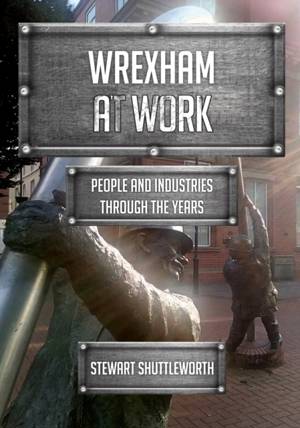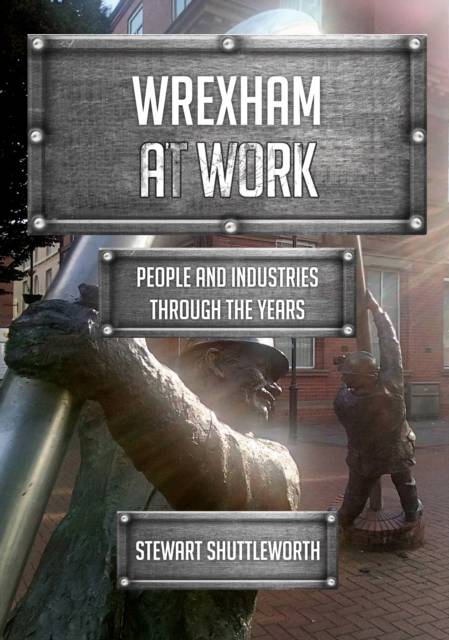
- Afhalen na 1 uur in een winkel met voorraad
- Gratis thuislevering in België vanaf € 30
- Ruim aanbod met 7 miljoen producten
- Afhalen na 1 uur in een winkel met voorraad
- Gratis thuislevering in België vanaf € 30
- Ruim aanbod met 7 miljoen producten
Zoeken
Omschrijving
Wrexham is the largest town in North Wales and since 1996 has been the centre of the county borough. There is evidence of settlement and industry in the county borough since before Roman times. Significant later development took place in the fourteenth century with the growth of a small town and establishment of a market. The county borough has a rich heritage of industry, including coal and lead mining, iron and steel production, and brick and tile making, which developed in the Industrial Revolution. Wrexham town's main industries in the past were brewing and leatherwork, but today it is an administrative, commercial and educational centre. Wrexham at Work explores the county borough's industrial heritage and the working life of its people from its preindustrial beginnings to the present day. The author examines how the massive changes in the patterns of work have affected the area. During the late eighteenth century much of the county borough was heavily industrialised. In the last century Wrexham entered the post-heavy industrial world and the author looks at how the county borough adapted to these changes. Illustrated throughout, with colour and archive material, this book will appeal to local people and those interested in the industrial heritage of North Wales.
Specificaties
Betrokkenen
- Auteur(s):
- Uitgeverij:
Inhoud
- Aantal bladzijden:
- 96
- Taal:
- Engels
- Reeks:
Eigenschappen
- Productcode (EAN):
- 9781398102859
- Verschijningsdatum:
- 15/03/2023
- Uitvoering:
- Paperback
- Formaat:
- Trade paperback (VS)
- Afmetingen:
- 165 mm x 234 mm
- Gewicht:
- 281 g

Alleen bij Standaard Boekhandel
+ 44 punten op je klantenkaart van Standaard Boekhandel
Beoordelingen
We publiceren alleen reviews die voldoen aan de voorwaarden voor reviews. Bekijk onze voorwaarden voor reviews.











